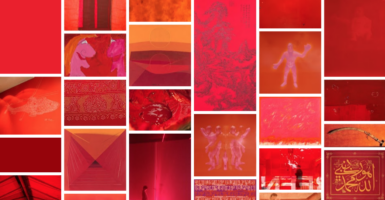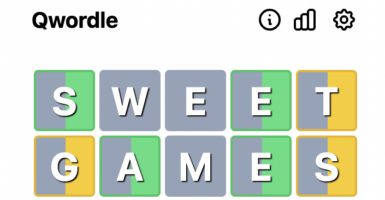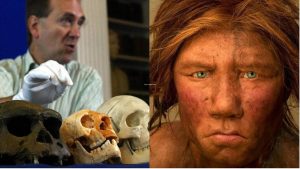20 Facts About The Life And Legacy Of Leonardo Da Vinci
Leonardo da Vinci may just be the most well-known artist in human history. He wasn’t just an artist though. He was also an inventor, a scientist, a philosopher, an engineer, and an anatomist. He was the original renaissance man— a true jack of all trades and a master of all of them.
Twenty years after Leonardo died, goldsmith Benvenuto Cellini reported that King Francis of France said: “There had never been another man born in the world who knew as much as Leonardo, not so much about painting, sculpture, and architecture, as that he was a very great philosopher.” Keep reading to learn more about this great man’s personal life. Find out how he felt about heterosexual relationships, why he never married, and why he had a feud with Michaelangelo.
The Beginning Of His Life

Leonardo was born on 15 April 1452 in the Italian town of Vinci, of course. “Da Vinci” means “of Vinci.” Leonardo de Vinci was actually born out of wedlock. His father was a wealthy man and his mother was a peasant.
His full birth name was “Lionardo di ser Piero da Vinci.” His father and mother didn’t live together, and when Leonardo was a kid, his father married a 16-year-old girl.
Leonardo’s Complicated Family Situation
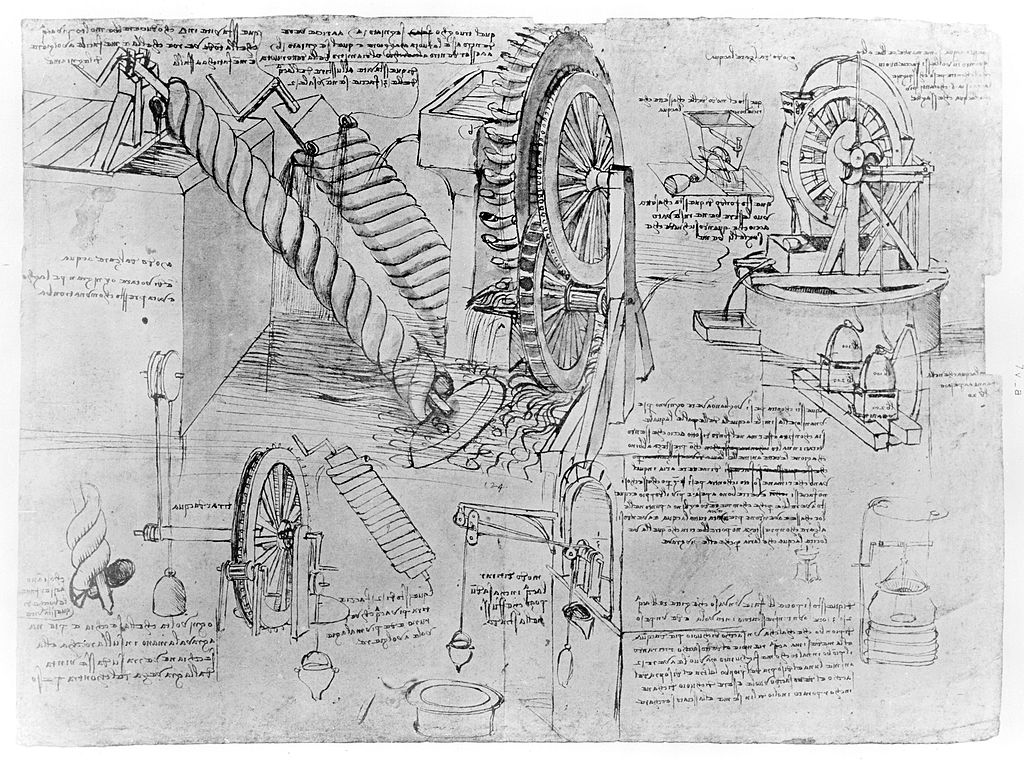
Leonardo’s 16-year-old stepmother was named Albiera Amadori, and she loved Leonardo, but unfortunately, she died quite young. After she died, Leonardo’s father married a 20-year-old woman who died before she could have children.
Leonardo’s father had six legitimate children, all of whom with his third wife, Margherita di Guglielmo. Leonardo had 12 half siblings in total. His youngest half-sibling was born when he was 40 years old.
How His Career Started
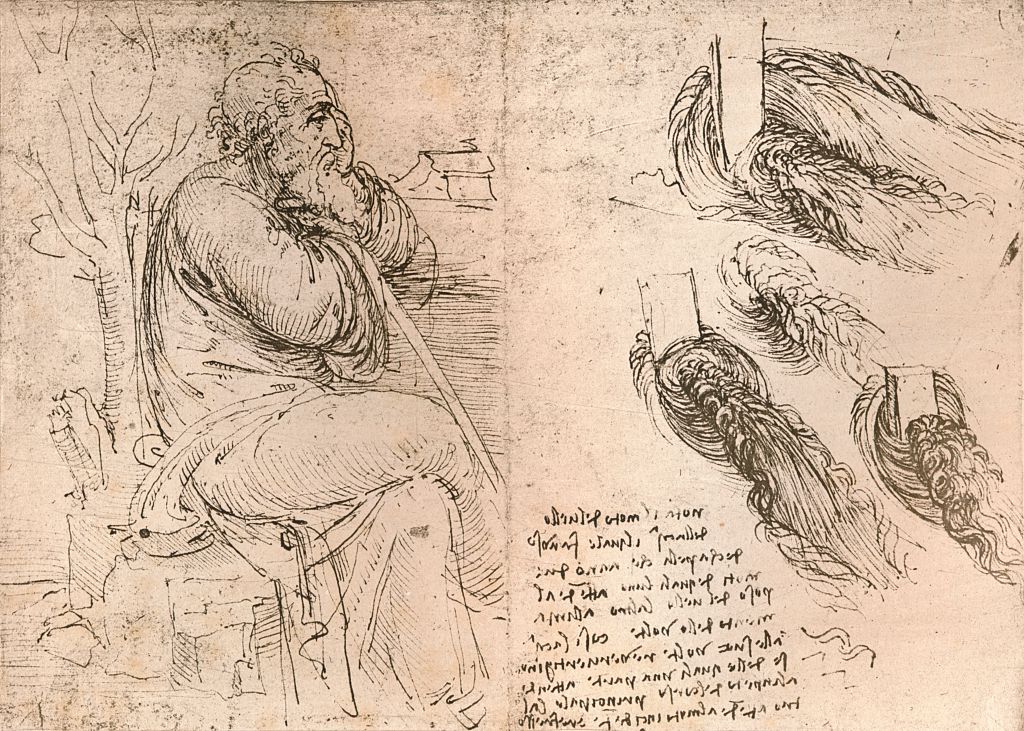
When Leonardo was 14, he began an apprenticeship with the artist Andrea di Cione, known as Verrocchio. Verrocchio’s workshop was renowned in Italy and he was known for being an excellent painter and sculptor.
While under Verrocchio’s tutelage, Leonardo broadened his understanding of drafting, chemistry, metallurgy, metal working, plaster casting, leather working, mechanics, and wood-work. He also learned drawing, painting, sculpting, and modeling. He was constantly in the company of supremely talented artists and creators.
He May Have Been A Model

Verrocchio had his students and employees help out in various capacities around the studio. Leonardo may have even modeled for Verrocchio for what became the bronze statue of David and the Archangel Raphael.
Leonardo also did a lot of painting while in Verrocchio’s studio. He very likely had a hand in painting much of the painting The Baptism of Christ by Verrocchio. Leonardo da Vinci had an excellent teacher and an excellent education.
He Dissected Corpses
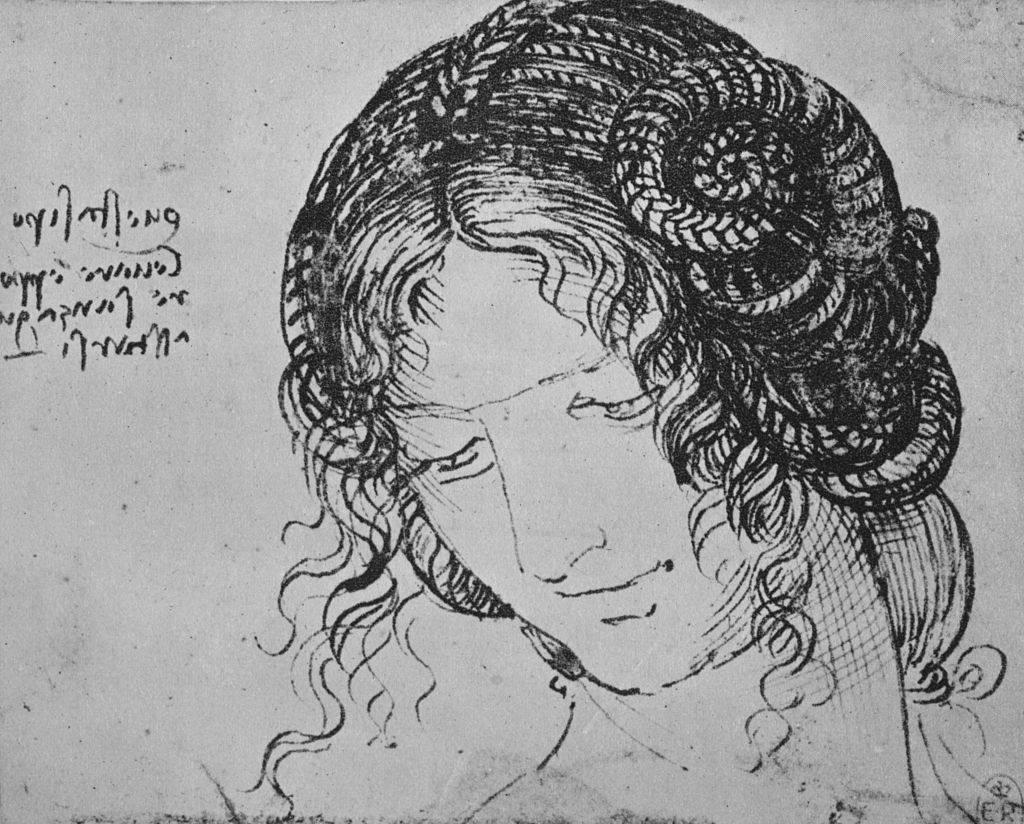
Back in the Rennaisance era, the division between science and art wasn’t as stark as it is now. A lot of artists, especially those who were interested in anatomy, would do their own human dissections to learn more about the human body and the way it could be represented in art.
Leonardo da Vinci performed dissections on both human and animal specimens. He may have been the first to accurately depict some of the systems in our body in pictorial form.
He Had A Passion For Water
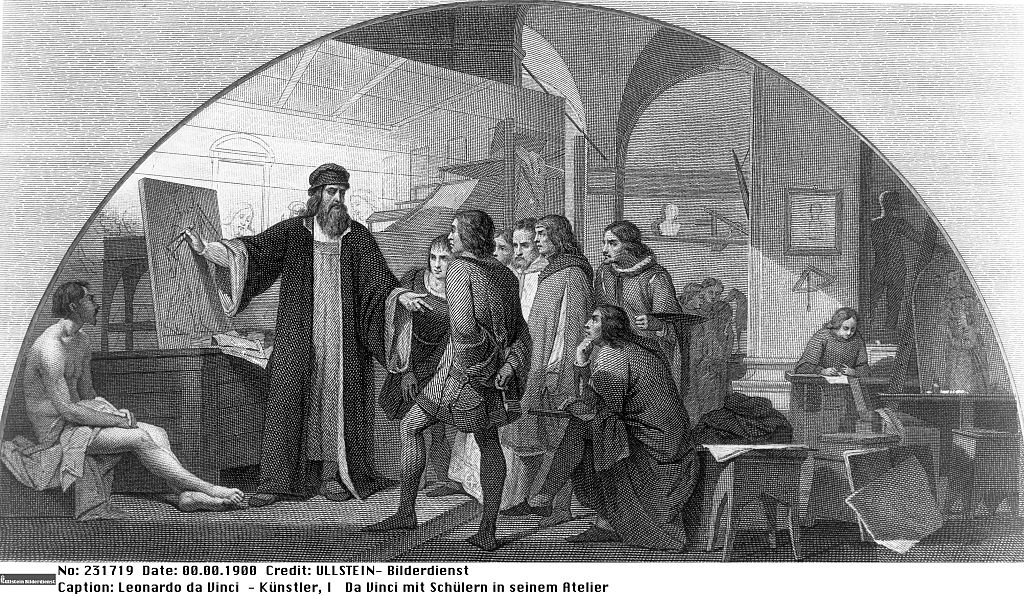
Leonardo da Vinci was fascinated with water and the relationship humans have with water. A lot of his inventions and blueprints involved water in some shape or form.
Leonardo developed plans for floating shoes that could allow people to walk on water, a device for breathing underwater, life preservers, and diving bells that could attack ships from below. A lot of our modern scuba diving technology started out as drawings in Leonardo da Vinci’s notebooks.
His Biggest Art Piece Was Completely Destroyed
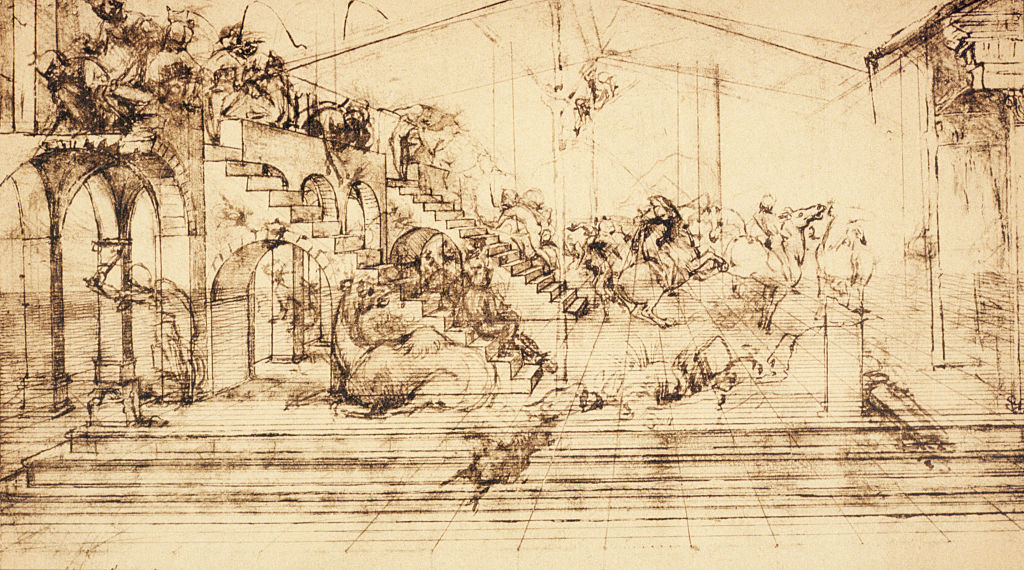
Leonardo was a prolific artist, but there are a few of his works that have become super famous. The Mona Lisa is one. The Last Supper is another. The Last Supper actually took three years to complete.
The project Leonardo worked on for the longest period of time was a 20-foot statue of the Duke of Milan’s father on horseback. It took him 17 years, but before it was entirely finished, the French invaded Milan and shot the sculpture. It shattered into a million pieces.
He Answered A Lot Of Questions About The Way Our World Works
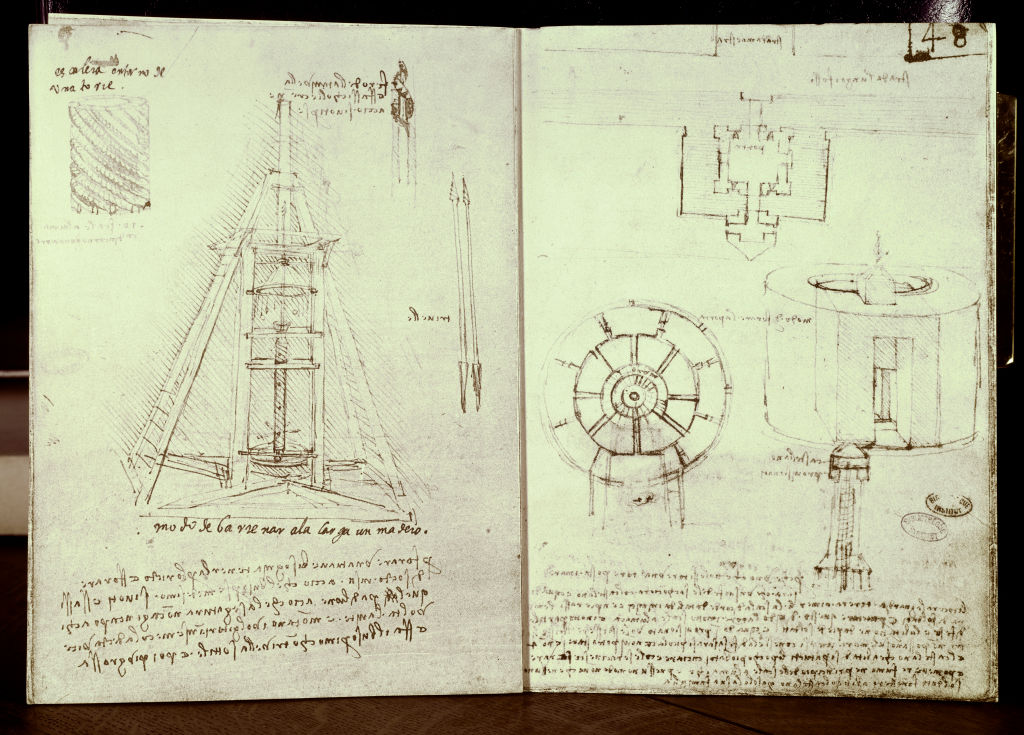
Do you know why the sky is blue? Of course, you do. You know because Leonardo da Vinci figured out the answer years ago. It’s because of the way our atmosphere scatters light, by the way (just in case you forgot).
Leonardo also figured out why you can kind of see the whole moon when only a thin crescent of it is lit up by the sun. It’s because the dark side of the moon is being lit by the light that’s reflecting off the earth.
He Liked To Write Backwards
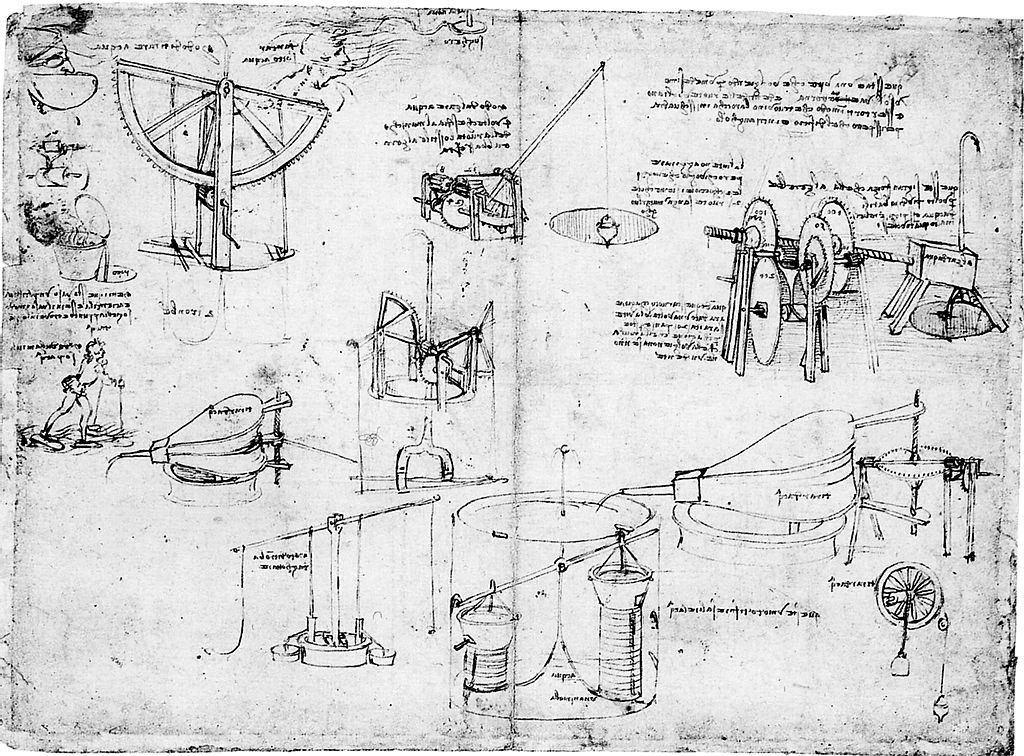
Leonardo da Vinci was ambidextrous and had dyslexia. It turns out, he was also pretty paranoid. He used his ability to write backward to confuse nosy readers.
When he wrote with his left hand, he noticed that he would smear the chalk or ink as he wrote, so he found that writing backward was a good solution to that problem (even though he could also write with his right hand). To read his coded writing, you’d have to hold it up to a mirror.
Bill Gates Bought His Notebook For Quite A Lot Of Money
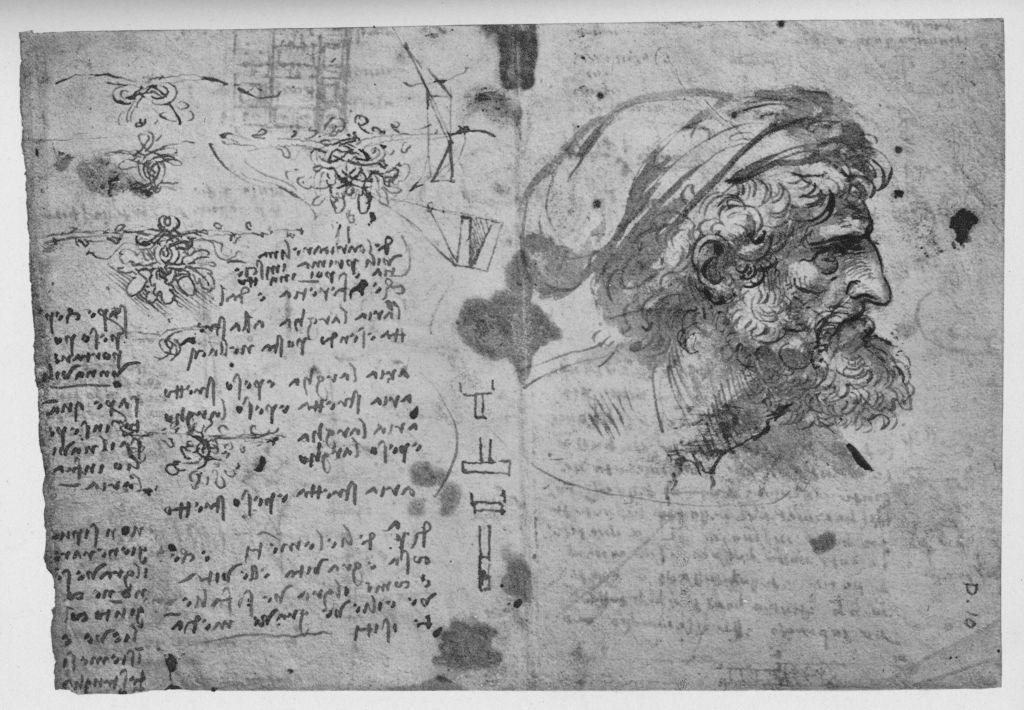
Leonardo da Vinci’s notebooks are very precious artifacts. Most of them are in museums, but a few of them are in the hands of private collectors. In 1994, one of his notebooks went up for auction and Bill Gates bought it for $30.8 million.
That’s a lot of money for a 72 page notebook. This particular notebook was from around 1506 – 1510 when Leonardo was living in both Florence and Milan.
He Never Finished The Mona Lisa
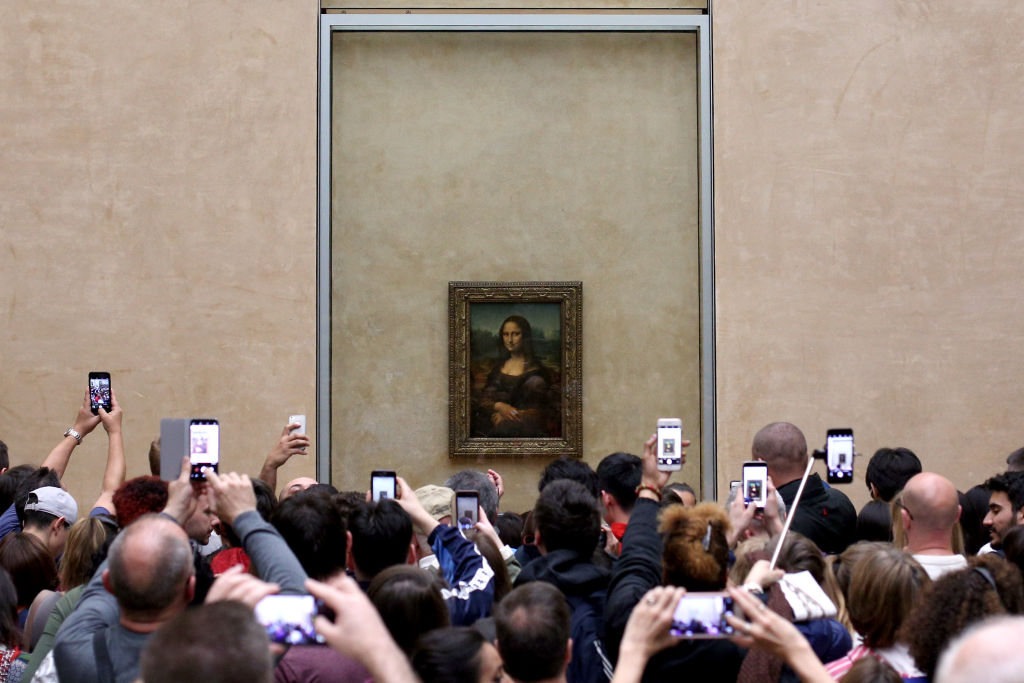
It took Leonardo years to finish many of his paintings, including his most famous ones. Some paintings were left unfinished as Leonardo moved on to other projects.
Believe it or not, the Mona Lisa was one of the paintings he abandoned. When Leonardo da Vinci died in 1519, he still hadn’t finished his most famous work. Who knows what this painting would have looked like if Leonardo actually got around to completing it.
Michaelangelo Was His Artistic Rival
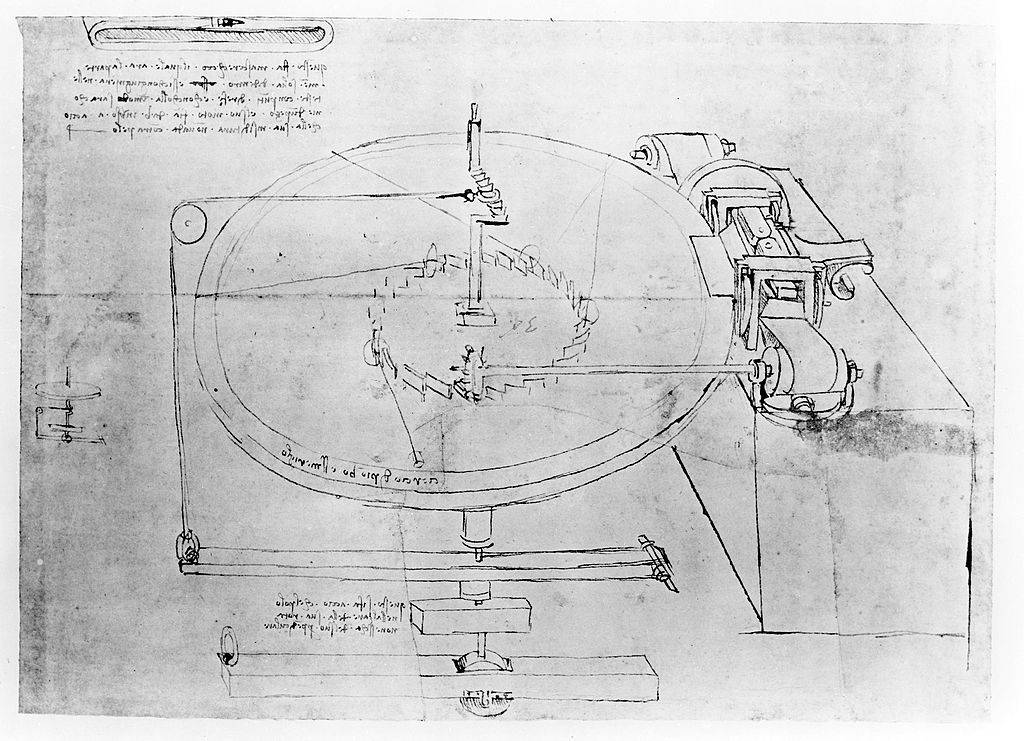
Michaelangelo and Leonardo da Vinci may have been contemporaries, but these two really didn’t get along. Michaelangelo would tease Leonardo about the fact that he often didn’t finish his paintings, and Leonardo always got on Michaelangelo’s case about how exaggerated muscles in his sculptures.
These men were both great artists in their own right, but they had very different ideas about what being an artist meant. Are you team Leonardo or team Michaelangelo?
He Thought Animals Were Better Than Humans
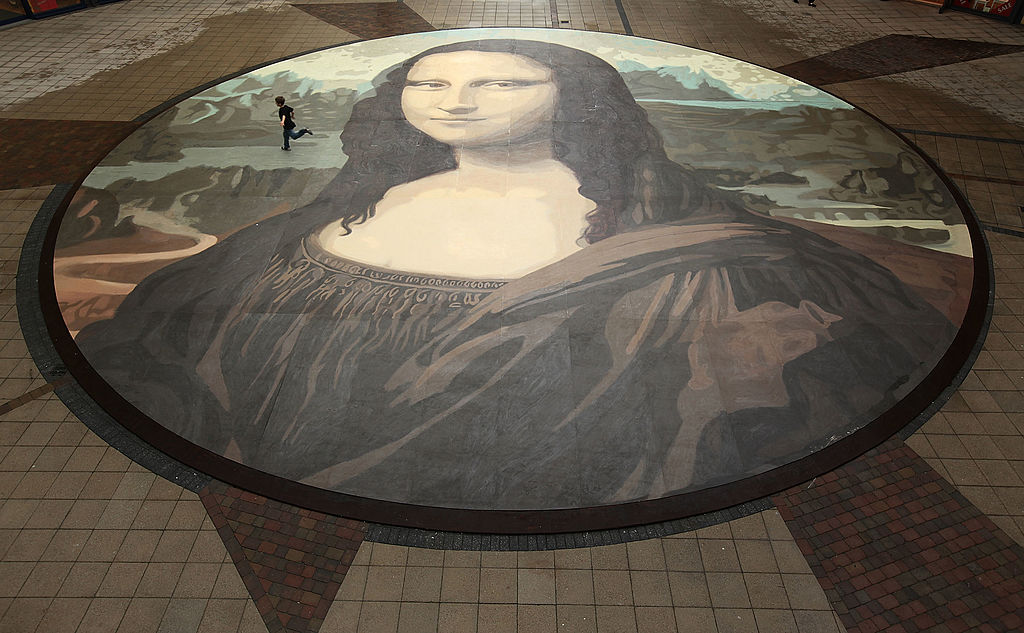
Leonardo da Vinci wasn’t a member of Peta or anything (because Peta didn’t exist in the 16th century), but he did care about animals quite a lot. He often wrote about how much he respected birds and animals and he wasn’t sure if humans really were the superior species.
Sometimes he bought caged birds just to set them free, and some sources say that he was a vegetarian. He truly appreciated all of the creatures of the earth.
He Was Famous In His Own Time
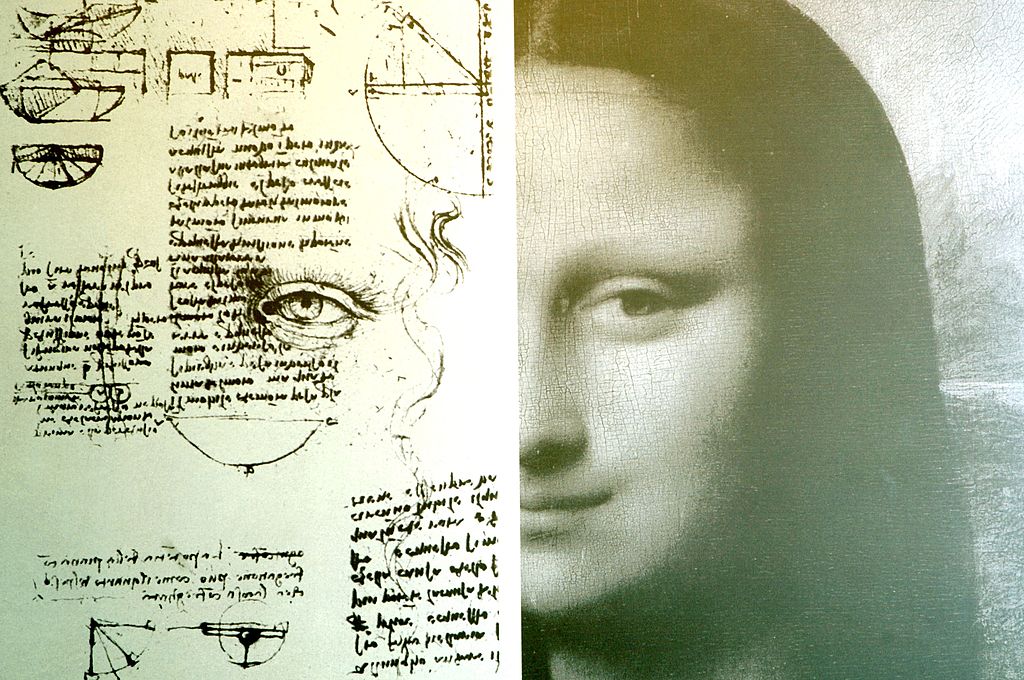
Many of our most celebrated artists only became famous long after they died, but not Leonardo da Vinci. He was celebrated and revered during his lifetime. The King of France at the time bragged about knowing him and actually held him in his arms as he died.
Leonardo was called a “divine” painter while he was alive and patrons paid a lot of money for his work. People thought he was a genius then, and they still think he’s a genius now.
He May Have Invented Paint By Number
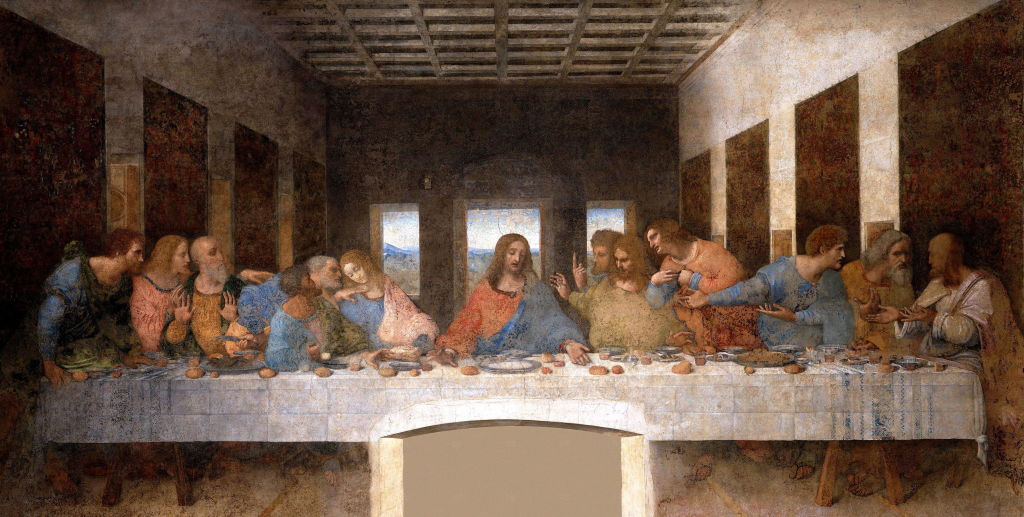
Paint by number kits became popular in the 1950s, but the concept may have actually been invented centuries earlier by none other than Leonardo da Vinci. After Leonardo graduated from Verrocchio’s studio, he took on some students of his own.
He taught those students to paint by numbering sections of sketches that he outlines. His students turned out to be pretty good painters, so his whole paint by number thing must have been a good idea.
Was Leonardo Da Vinci Gay?
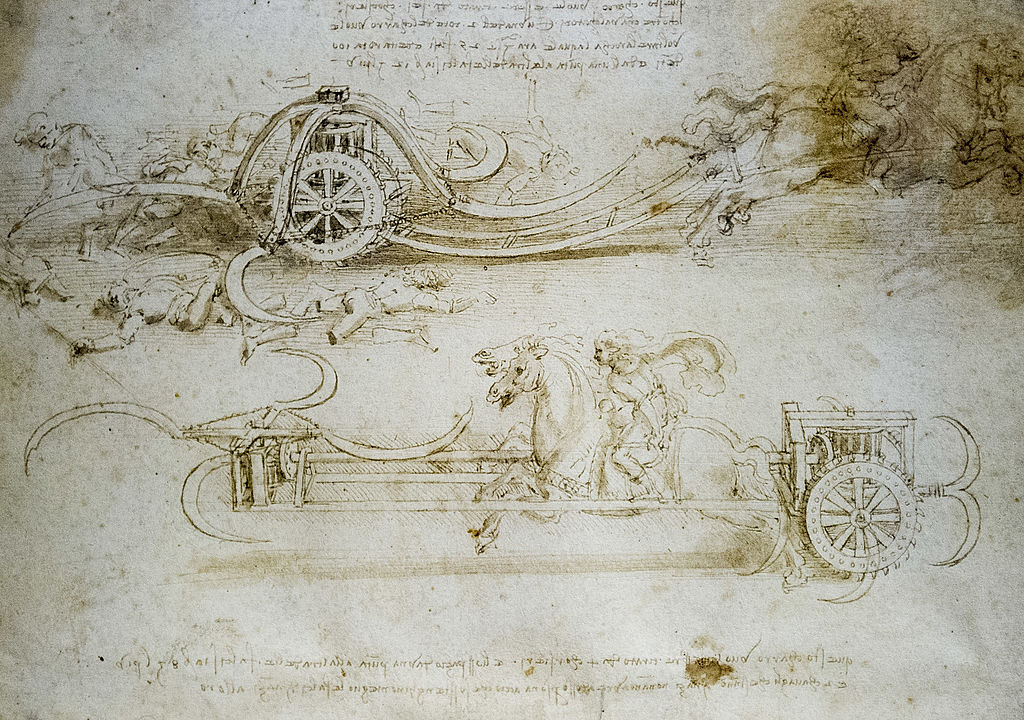
There are court records from 1476 that show that Leonardo, along with three other young men, was charged with sodomy. He was later acquitted. All homosexual acts were deemed to be illegal in Florence during the Renaissance period.
After he was charged, Leonardo kind of disappeared for two years. Then, in 1478, he left Verrocchio’s studio and started living with the Medici’s assembly of poets, artists, and philosophers. The Medicis were a wealthy family who supported Italian artists financially.
The Last Supper Is Somehow Still Intact
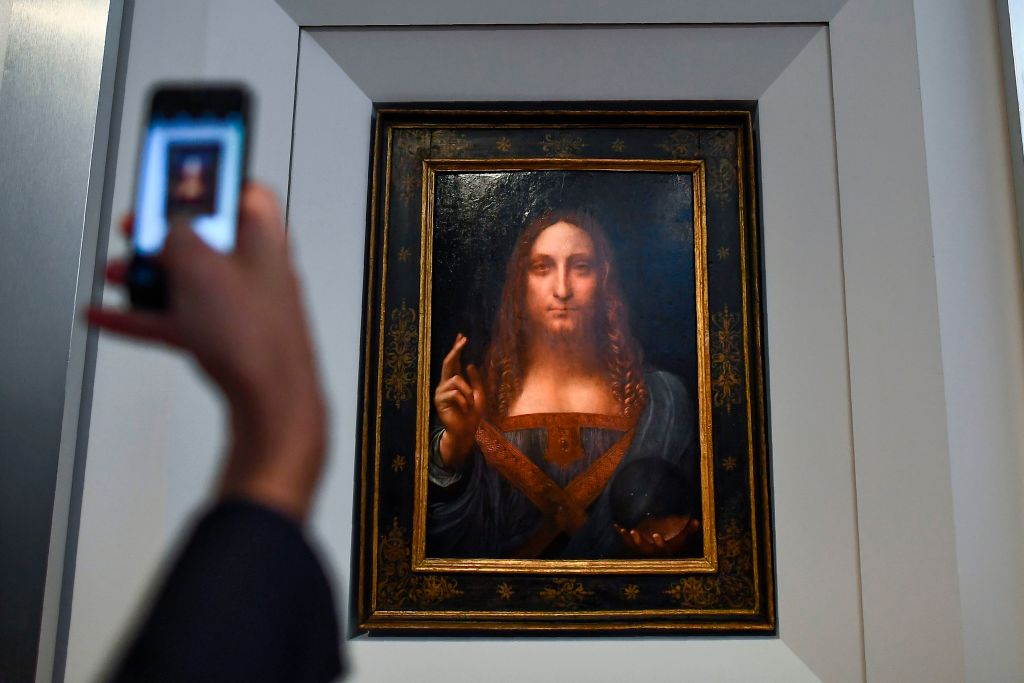
The Last Supper is one of Leonardo da Vinci’s most famous paintings. People were fascinated with it since it was painted. When France invaded Milan in 1499, King Louis XII tried to have it cut right out of the wall it was hanging on so he could take it home with him.
Some French soldiers threw rocks at it and the church it was hanging in had to amp up security around the painting. Somehow, through all of that, the painting is still in good condition today.
The Final Days Of Leonardo Da Vinci
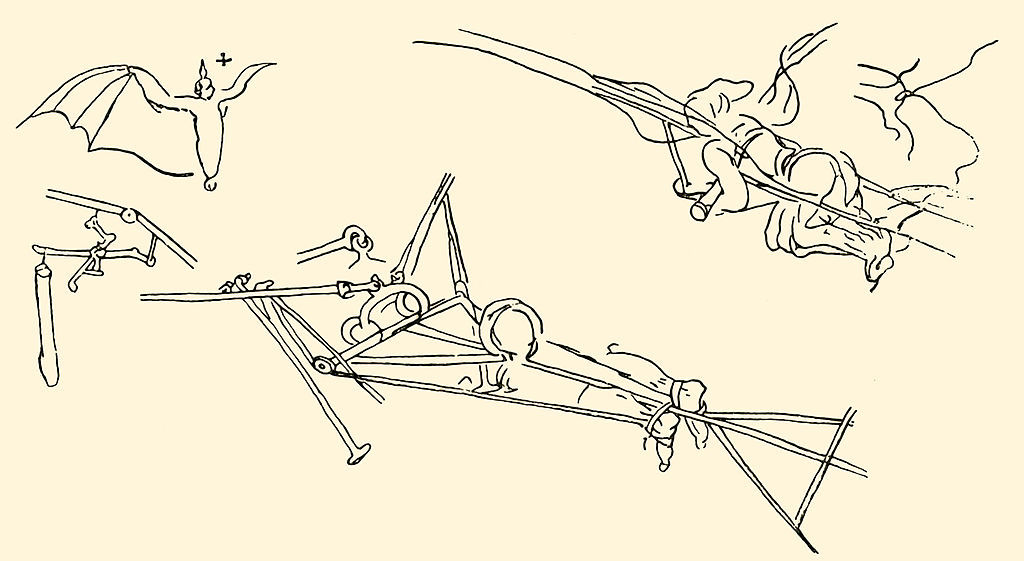
Towards the end of his life, an artist named Melzi drew a portrait of Leonardo da Vinci with a cloth around his right arm. This confirms that when Leonardo was around 65 years old, his arm became paralyzed. This may have been why he never finished the Mona Lisa.
He continued painting using his left hand until he became very sick and then bedridden for several months. Leonardo died pretty shortly after that.
He Never Got Married
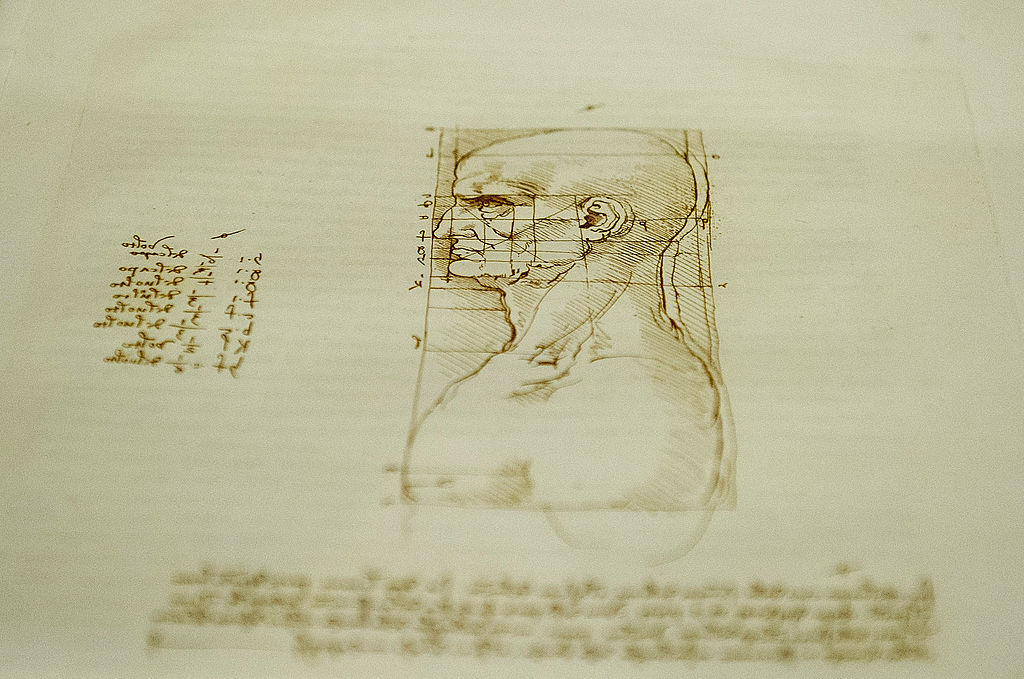
It’s true that Leonardo was charged for homosexual activity. Also, Leonardo never actually had any relationships with women that we know of. He was never married and he didn’t have any children.
In his notebooks, he often wrote about how physical relationships between men and women disgusted him. This artist grew up in the company of Neo-Platonists at Verrocchio’s workshop, so maybe, like them, he believed that the ideal form of love was between two men (or a man and a boy).
How He Died
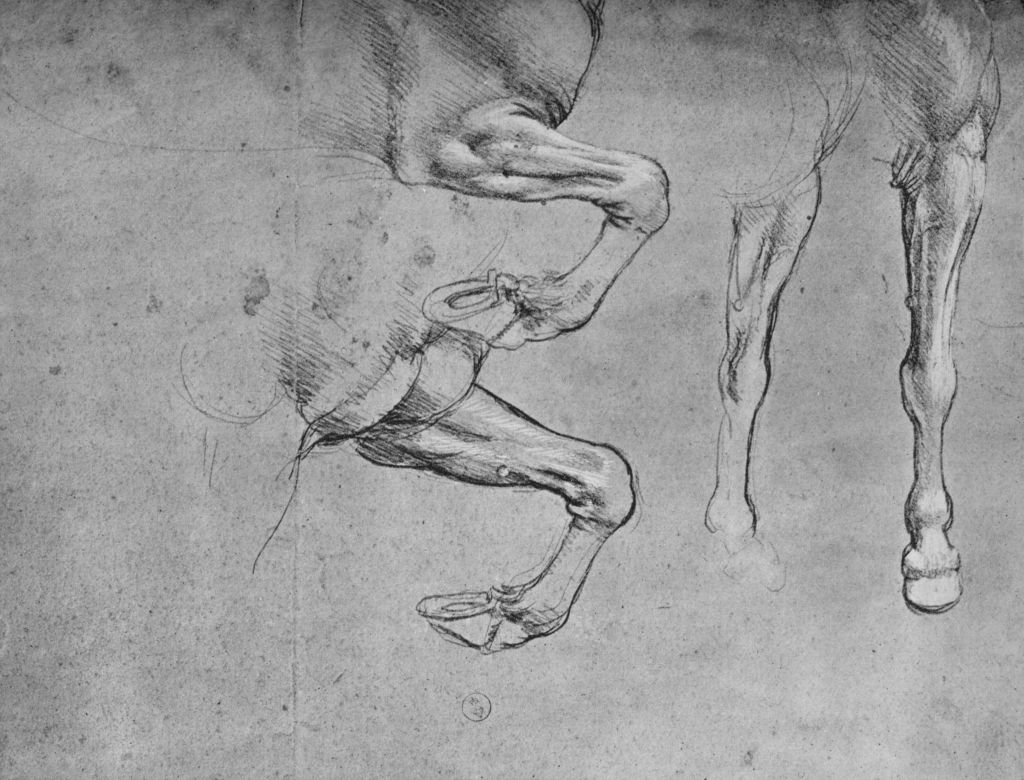
Leonardo died at Clos Lucé on 2 May 1519. He was 67-years-old. It was likely a stroke that did him in at the end. Leonardo was full of remorse right before he died. He felt as though “he had offended against God and men by failing to practice his art as he should have done.”
Leonardo da Vinci was buried in the Collegiate Church of Saint-Florentin in Château d’Amboise in France.


